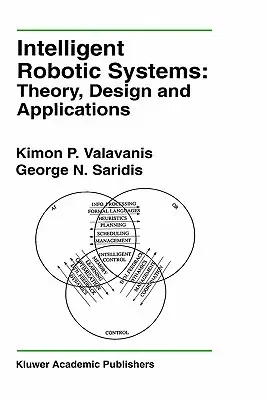Kimon P Valavanis
(Author)Intelligent Robotic Systems: Theory, Design and Applications (1992)Hardcover - 1992, 30 June 1992

Qty
1
Turbo
Ships in 2 - 3 days
In Stock
Free Delivery
Cash on Delivery
15 Days
Free Returns
Secure Checkout

Part of Series
The Springer International Engineering and Computer Science
Part of Series
Kluwer International Series in Engineering & Computer Science
Part of Series
International Series in Engineering and Computer Science
Part of Series
VLSI, Computer Architecture, and Digital Signal Processing
Part of Series
Springer International Series in Engineering and Computer Sc
Print Length
252 pages
Language
English
Publisher
Springer
Date Published
30 Jun 1992
ISBN-10
0792392507
ISBN-13
9780792392507
Description
Product Details
Book Edition:
1992
Book Format:
Hardcover
Country of Origin:
US
Date Published:
30 June 1992
Dimensions:
24.28 x
16.56 x
2.69 cm
ISBN-10:
0792392507
ISBN-13:
9780792392507
Language:
English
Location:
New York, NY
Pages:
252
Publisher:
Series:
Weight:
580.6 gm